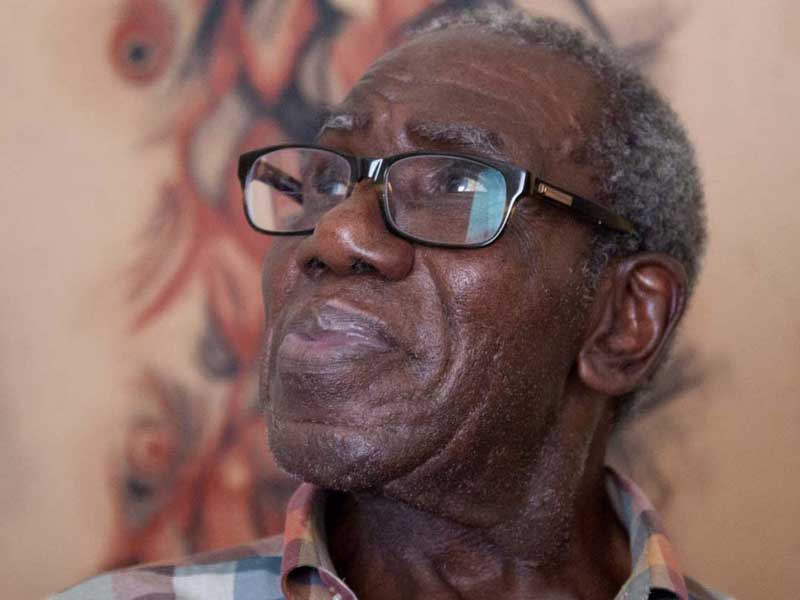Renowned artist and Zaria Rebel member, Professor Oseloka Osadebe, passed away at the age of 89 in Jackson, Mississippi, USA. A statement from his nephew, Nn’emeka Maduegbuna, confirmed the sad news.

Born in 1934, Osadebe, an exceptional artist, playwright, theatre director, and teacher, played a pivotal role in the Zaria Arts Society—a group of dynamic students at the Nigerian College of Arts, Science and Technology in Zaria. Graduating in 1962, he went on to teach art at the University of Nigeria, Nsukka, leaving in 1965 for the United States on an Aggrey Fellowship for African Students.
Osadebe earned multiple degrees, retiring in 2007 after a distinguished career in academia and spending his final years devoted to his passion for visual art at his Jackson studio. In 2018, Osadebe, a long-time United States resident, returned to Nigeria to present a retrospective show titled “Inner Light,” showcasing rare works created between 1960 and 2014. This exhibition at the National Museum, Onikan, Lagos, further garnered widespread acclaim and underscored the enduring impact of the Zaria Rebels’ legacy.

The Zaria Rebels
The Zaria Rebels were a pioneering group of students at the Nigerian College of Arts, Science, and Technology in Zaria during the late 1950s and early 1960s. Comprising forward-thinking artists seeking to redefine classical art by incorporating rich African traditions, the Zaria Rebels played a pivotal role in shaping the contemporary art movement in Nigeria.
Led by influential figures such as Demas Nwoko, Okechukwu Odita, Bruce Onobrakpeya, and Professor Oseloka Osadebe, the Zaria Rebels challenged conventional artistic norms. They formed the Zaria Art Society, a collective that aimed to express a fresh perspective on art, merging Western techniques with African cultural heritage.

The Zaria Rebels sought to break away from the colonial influence on art education, advocating for a more authentic representation of African identity and culture in their artistic endeavours.
One of their notable achievements was establishing the groundwork for the contemporary art scene in Nigeria. The Zaria Art Society laid the foundation for a new generation of artists who would go on to influence and contribute significantly to the global art landscape.
The Zaria Art Society’s emphasis on blending tradition with modernity continues to inspire artists and art enthusiasts, indeed leaving an indelible mark on Nigeria’s cultural and artistic heritage.


